This post is all about the characteristics of custards and puddings, similarities and differences.
While this information can fit into a few categories, I think it is mainly a look at a broad category of how an ingredient (eggs) behaves. So I’m putting it in the Ingredient Function category.
You can find all my ingredient function posts in one place, and also check out my Custard and Pudding Category for all sorts of egg-thickened, custardy recipes.
Pastry Chef Online Participates in Affiliate Programs. If you make a purchase through one of my links, I may earn a small commission. For more information click to read my disclosure policy

Custards and Puddings, at a Glance
Here’s an overview of what you’ll learn in this post:
✅What Is a Custard?
✅Stirred and Still Custard
✅Similarities and Differences Among Still Custards
✅Water Baths
✅Outliers: Curds and Panna Cotta
✅Equipment Recommendations
Related Reading: How to Make Creme Brulee, Ingredient Function: Eggs
What is Custard?
Custards are characterized by eggs. They are generally dairy-based and egg-thickened and can be sweet or savory.
Types of Custard
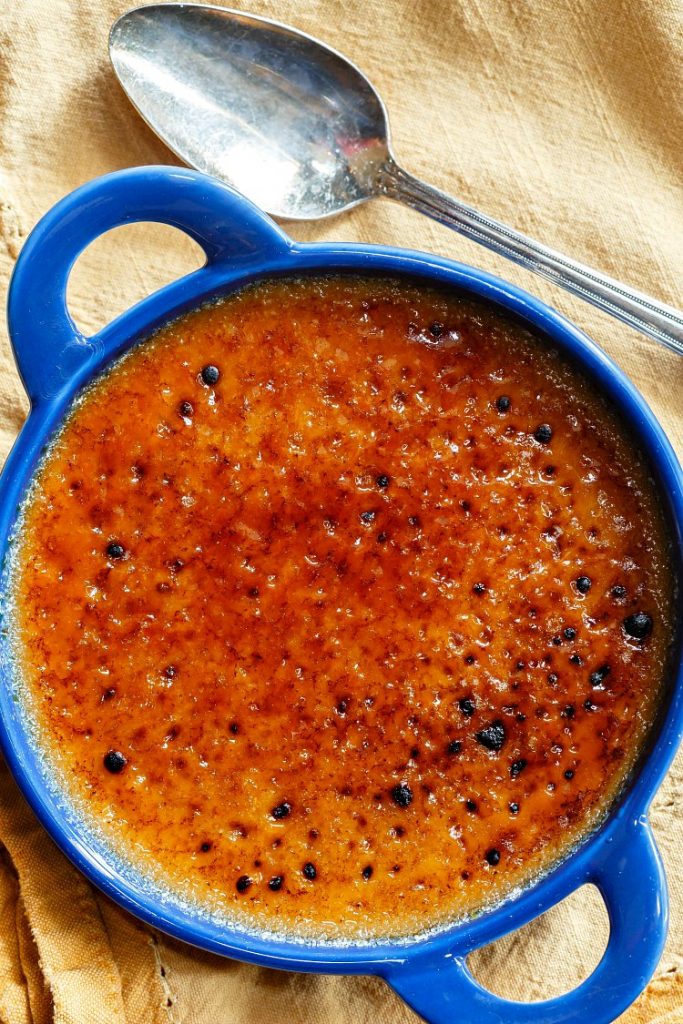
There are two main types of custards: stirred custards and still custards.
Stirred Custards
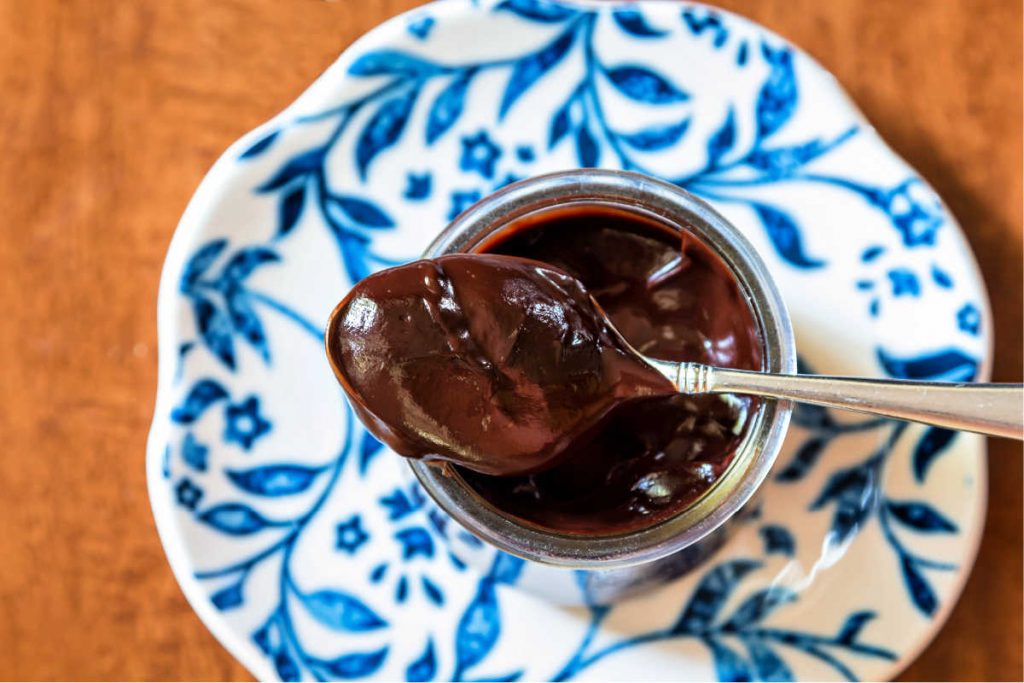
Stirred custards thicken while being cooked on the stovetop. Good examples include American pudding such as vanilla pudding, butterscotch pudding or chocolate pudding.
American pudding is generally starch-thickened and most, but not all, contain eggs and/or egg yolks.
Arguably the most famous French stirred custards are creme Anglaise and pastry cream.
Creme Anglaise is a custard sauce that’s great spooned over cake, puddings, or fruity desserts, and pastry cream is rich and thick and is the filling for many classic French pastries including eclairs and fruit tarts. It also makes a mean custard filling for donuts.
Note: You can churn chilled creme Anglaise in an ice cream maker and end up with an excellent French vanilla pudding. Conversely, you can melt a nice, custard-based ice cream, homemade or storebought, and use it in place of creme Anglaise.
A sabayon or zabaglione is also a stirred custard that is whisked over a double boiler to create a foam.
Another stirred custard is egg nog. It doesn’t set up as thick as a pudding, partly because it doesn’t contain starch, and that makes it drinkable. Check out my orange spice eggnog recipe. I also have a hot chocolate custard recipe that falls under the category of “drinkable stirred custard.”
Ice cream recipes that contain eggs–custard-based ice cream recipes–are also technically stirred custards, since they set while the base is being agitated.
Still Custards
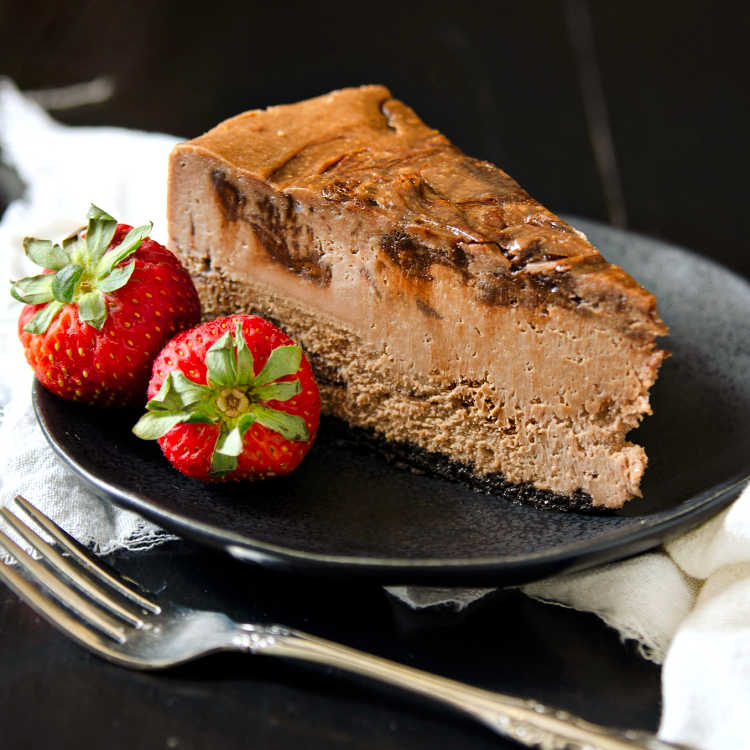
Still custards are custards that set up in the oven without being stirred.
Examples are creme brulee, creme caramel (flan), and pots de creme.
And don’t forget cheesecake, which is also a still custard. Dairy-based and thickened with eggs, right?
How thick, sturdy, or fragile these custards end up is based on the type of dairy used, any other liquid ingredients used, and the number of yolks and/or whole eggs used per cup of dairy.
Generally speaking, the more egg yolks per cup of dairy, the richer and thicker the resulting custard. Using whole eggs adds extra liquid and protein, thus diluting the ratio of yolk to dairy and resulting in a bit more delicate set than one can achieve with all yolks.
You can see this in action in the next section below.
The Differences Between Pots de Creme, Creme Caramel (Flan), and Creme Brulee
Most classic custards, both stirred and still/baked have the same general set of ingredients: eggs, dairy, and sugar being the three most prevalent.
The only differences among the custards are in
a)using yolks versus whole eggs,
b)the amount of fat in the dairy (whole milk, half and half, heavy cream),
c)any additional components, such as caramel for crème caramel/flan or a crunchy layer of caramel for crème brûlée.
Similarities
Let’s look at the similarities, first.
All custards that are to be baked must not have thickened (fully cooked) before baking.
If they are thick and pudding-like when they go into the oven, the best you can hope for is forming a skin on top of creme Anglaise. Not so great.
Jenni Says: If you temper eggs into dairy for a custard that is to be baked, do NOT let it come to a boil to completely thicken the eggs. You want the custard to thicken in the oven.
Also, baked custards are generally served chilled. Chilling mutes the sweetness as well as some of the egginess.
As well, butterfat in the dairy will firm up in the fridge, adding to a creamy mouthfeel.
Water Baths
All baked custards not containing an additional starch (as in New York cheesecake) or not in a crust (ditto, cheesecake or other tarts) are baked at a very low temperature in a water bath.
The water ensures a moist cooking environment and can help minimize browning and Nasty Skin Formation.
The water also keeps the sides of the ramekins/baking pan at no more than 212F.
This, in turn, helps to keep the baking custard from boiling.
Would you like to save this post?
If boiling Happens, you’ll end up with a curdled custard. Sweet scrambled eggs. Gross.
Also, you’ll end up with wee bubbles all up the sides of your custard. This is the first thing I look for in a flan when I order one for dessert.
If there are bubble holes up the sides, it is almost guaranteed to be overcooked and curdled. Again, gross.
Differences
First, texturally.
Pots de crème are the most loosely set of the baked custards. That’s why they’re baked in cool little lidded pots.
If you tried to turn it out of the baking tin, you’d just end up with a thick-but-flowing creme Anglaise type deal all over your plate.
On the other end of the firmness spectrum, you’ve got crème caramel, which is sturdy enough to turn out so its lovely caramel sauce can run down and pool most alluringly on the plate.
The firmness of a custard is directly related to the ratio of eggs to dairy as well as to the amount of sugar.
The more sugar in the custard, the less firm it will be and the longer it will take to bake.
Custard Formulas per 8oz of dairy
(these proportions are not set in stone–you’ll find all kinds of formulas out there. Hopefully, it goes without saying that salt and vanilla (at least) go in each of these custards)
- crème brûlée=8 oz heavy cream+1.5 oz sugar+3-4 yolks. With its makeup of all yolks and heavy cream, crème brûlée is the richest of the baked custards.
- pots de crème=8 oz half and half+3 oz sugar+3 yolks. While the pots de crème contain the same number of egg yolks as the crème brûlée, the extra sugar makes them more delicate. Pots de crème are slightly less rich than crème brûlée because of the use of half and half instead of heavy cream.
- Crème caramel=6 oz milk+2 oz heavy cream+1.5 oz sugar+1 egg +2 yolks. The two yolks add richness and a fairly firm set. The whole egg makes the custard a bit more delicate while that third yolk aids in setting the mixture. There is less butterfat in crème caramel because 3/4 of the dairy is in the form of whole milk.
CUSTARD WIGGLINESS/MOUTHFEEL
The more firmly set a custard is, the more wiggly it is.
If it weren’t firmly set, it wouldn’t cut cleanly or wiggle when you hit it with a spoon. It would just kind of slump.
You can enhance the firmness by using some sweetened condensed milk or coconut milk for part of the dairy.
This mainly has to do with mouthfeel, but I am a Fan, so I usually make mine with some sweetened condensed milk.
You can increase the number of whole eggs to get a firmer set, but you do run the risk of getting a rubbery flan, so I say err on the side of caution.
Increasing just the yolks by 1 yolk per 8 oz of dairy will give you a more smooth and luscious mouthfeel, thanks to the emulsifiers present in egg yolks.
Adding some starch to your mix can inhibit curdling, thus lending a smoother texture.
If you use a water bath and bake at 250-275-ishF, that shouldn’t be an issue, but if you want to take out some extra insurance, you can add just over 1/4 tsp cornstarch or tapioca starch for each cup of dairy.
Classic Souffles and Mousse
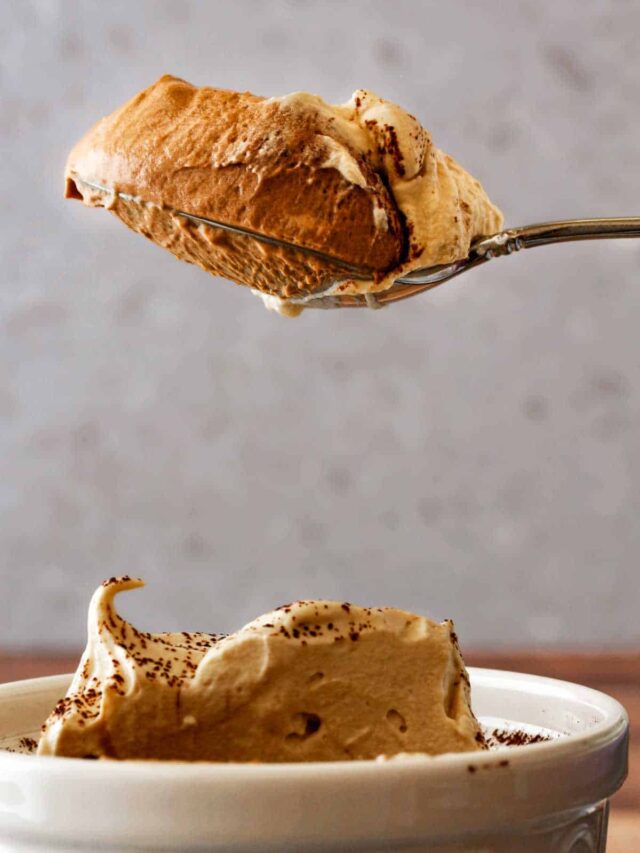
You may not consider souffles and mousses to be custards, but most technically are.
The foundation of a souffle, whether sweet or savory, is an intensely-flavored, egg and starch-thickened base. For example, this cheese souffle or this chocolate souffle.
Souffles are light and airy because of the meringue folded into the thick base. When baked, the air in the bubbles in the meringue expands as the proteins set, locking in the airy texture. Souffles fall fairly quickly after baking as the air cools and dissipates, but even when they do fall, the texture is much lighter than a standard custard.
Mousses are also based on an intensely-flavored base which is lightened with meringue and/or whipped cream. While the base is generally cooked, there is no need to bake them. Just fold everything together, and the egg white and/or cream foams lightens them.
For examples of custard based mousse, you can check out my chocolate mousse and coffee mousse recipes.
Curds
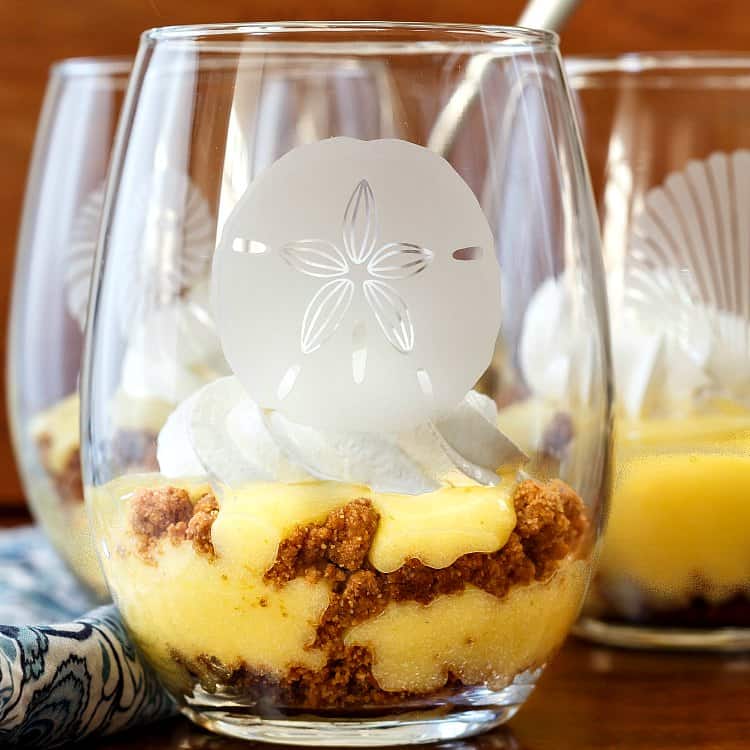
A curd is a close cousin of custards. Rather than being dairy-based, though, curds are fruit juice-based. They are usually citrus-based, but any tart fruit will do.
You’ll find examples of curd recipes in my key lime pie donuts, creamy key lime parfaits, pumpkin butter cheesecake with tangerine curd, and lavender creme fraiche ice cream with blueberry lemon curd. I also have plain and “fancy” lemon curd recipes that are not to be missed.
Curds can be made with either whole eggs, egg yolks, or a mixture of the two. While not generally firm enough to slice, you can make a curd firmer (as for a tart you can slice) by adding some bloomed gelatin to the mixture while it is still very hot.
Panna Cotta
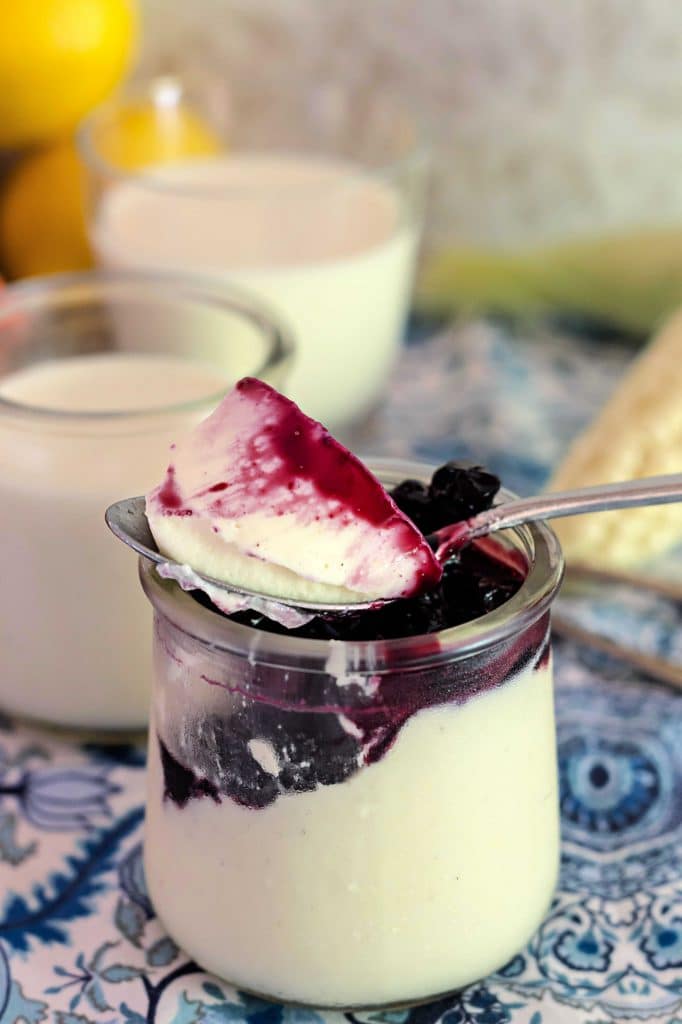
While panna cotta is not technically a custard, I include my panna cotta recipes here because they act more or less the same as custards.
Rather than being set with eggs–most do not contain eggs at all–they are set with gelatin.
If you’re a fan, check out my coffee panna cotta and my chocolate panna cotta recipes.
Equipment Recommendations (affiliate links)
For stirred custards, your best friend is going to be a saucier. The sloped sides make it really easy to get your whisk into the corners of the pan so you don’t get any pesky sticking.
And it’s always a good idea to have an array of pudding dishes/dessert bowls or ramekins. I have some white ramekins, some brown ones, and some red and white ones. Also consider getting creative and use teacups or espresso cups for serving. Any small bowls will do. I generally serve pudding in 4-6oz servings.
For creme brulee specifically, you will want wider, shallow ramekins so you have a nice large surface area to hit with your torch. I find these to work really well and are an excellent size to get a good portion–but not too much–of this super-rich dessert:
Use a rimmed half-sheet pan or a shallow roasting pan for a water bath.
And for baking cheesecakes, I really like a 2-piece push pan more than I like using a springform pan. The design is less bulky so it’s easier to set down inside a water bath.
Questions?
If you have any questions about this post or recipe, I am happy to help.
Simply leave a comment here and I will get back to you soon. I also invite you to ask question in my Facebook group, Fearless Kitchen Fun.
If your question is more pressing, please feel free to email me. I should be back in touch ASAP, as long as I’m not asleep.

Hi, y’all! I hope you’ve enjoyed this post and hopefully also learned a thing or two.
If you like my style, I invite you to sign up for my occasional newsletter, The Inbox Pastry Chef.
Expect updates on new and tasty recipes as well as a bit of behind-the-scenes action. I hope to see you there!



Join in Today!

